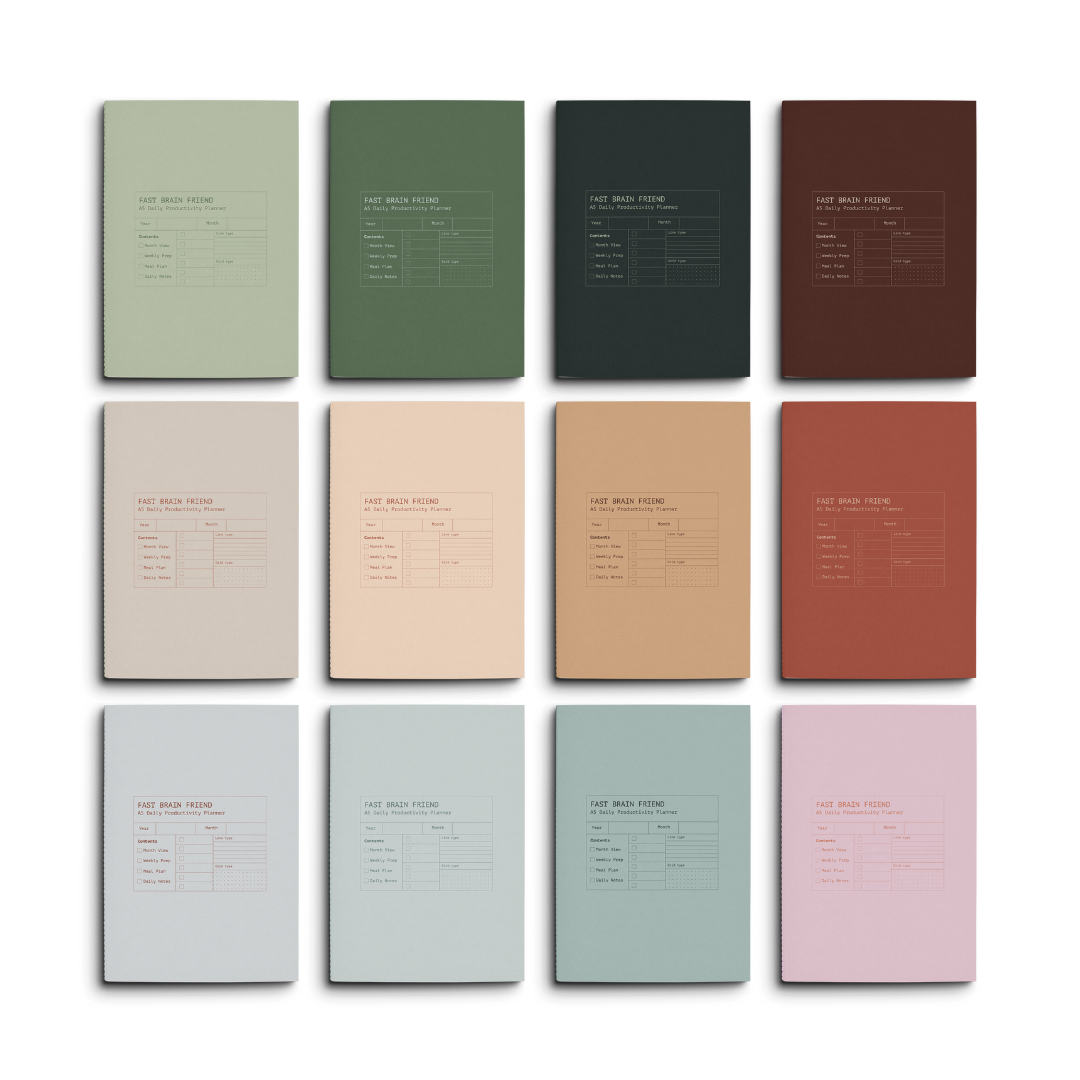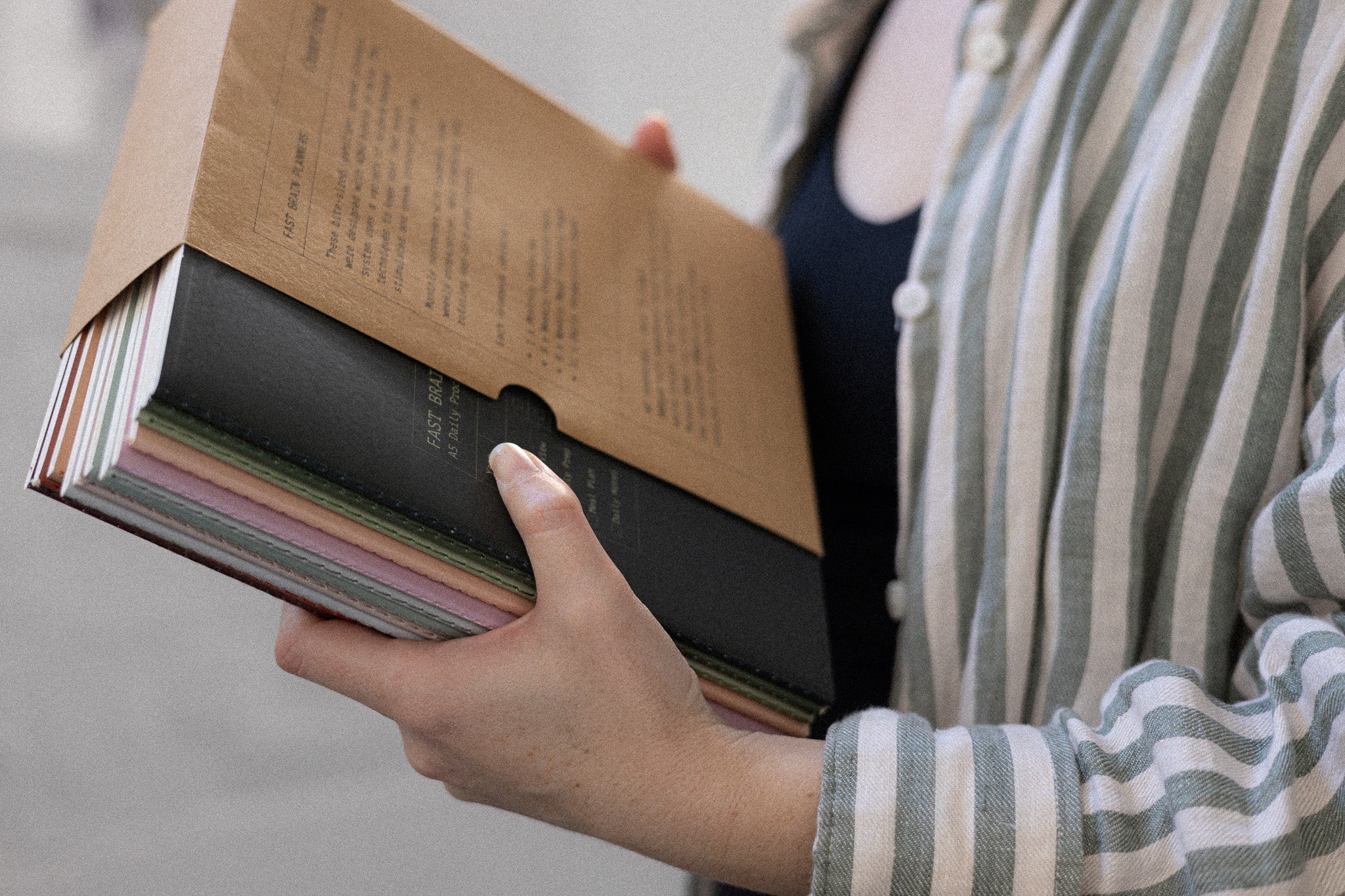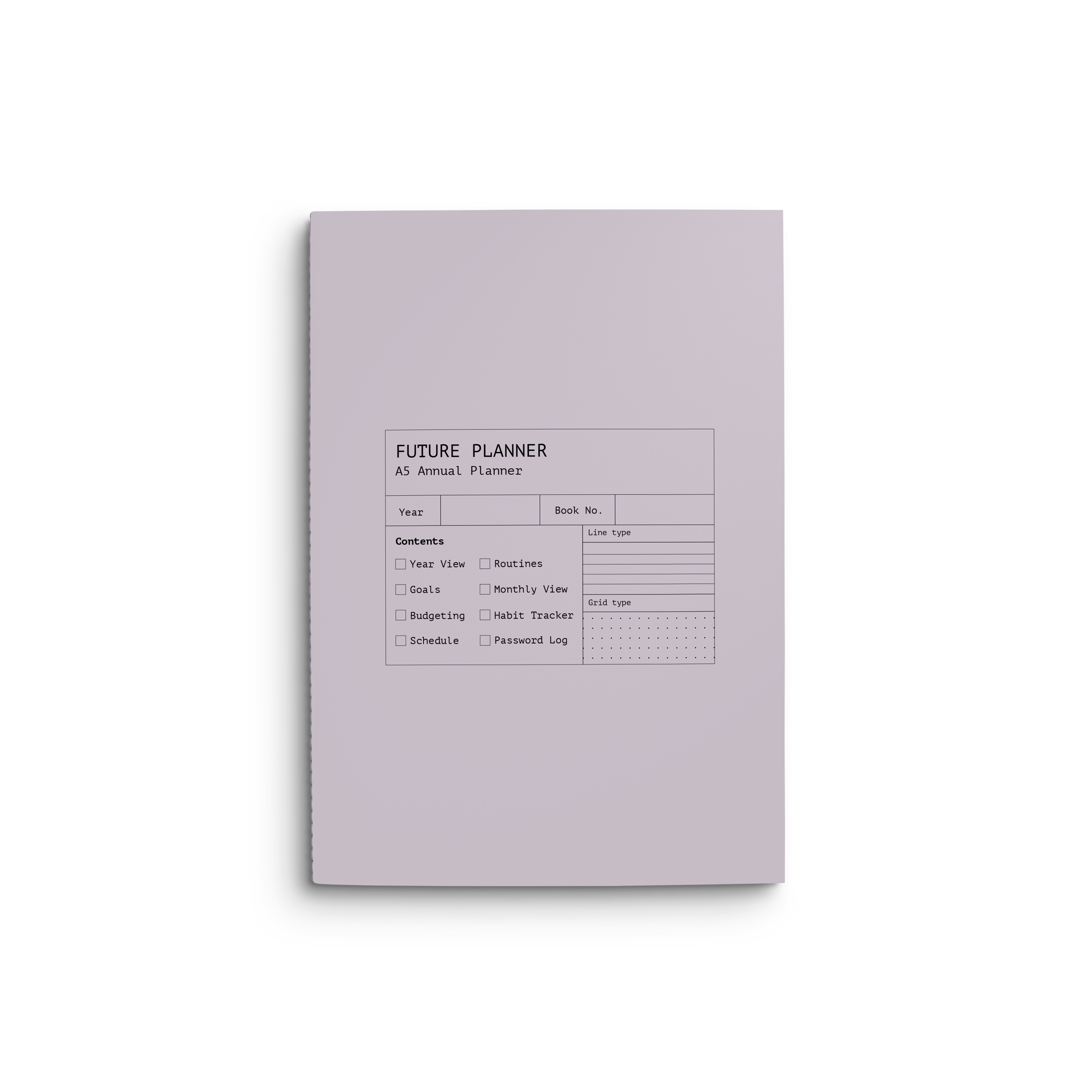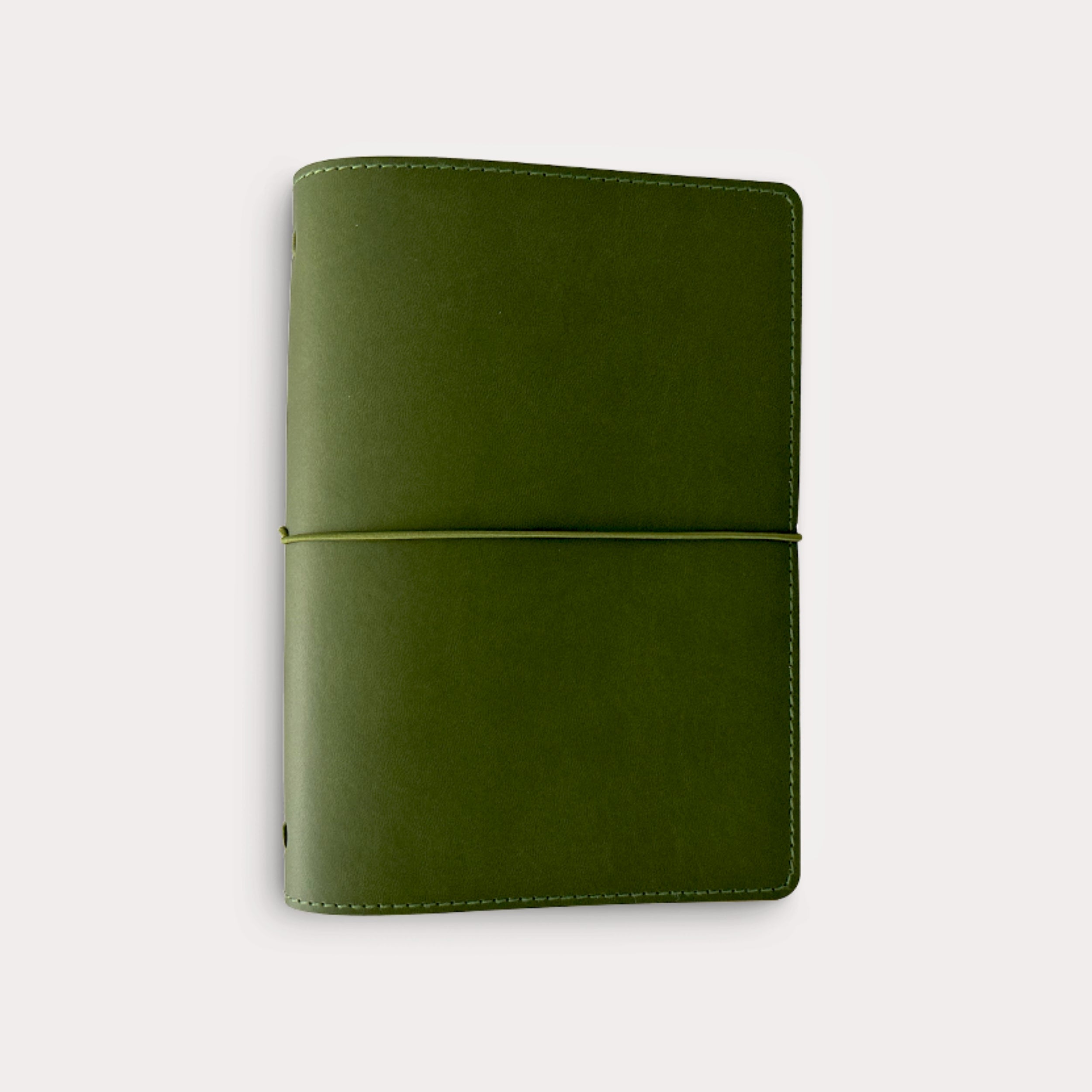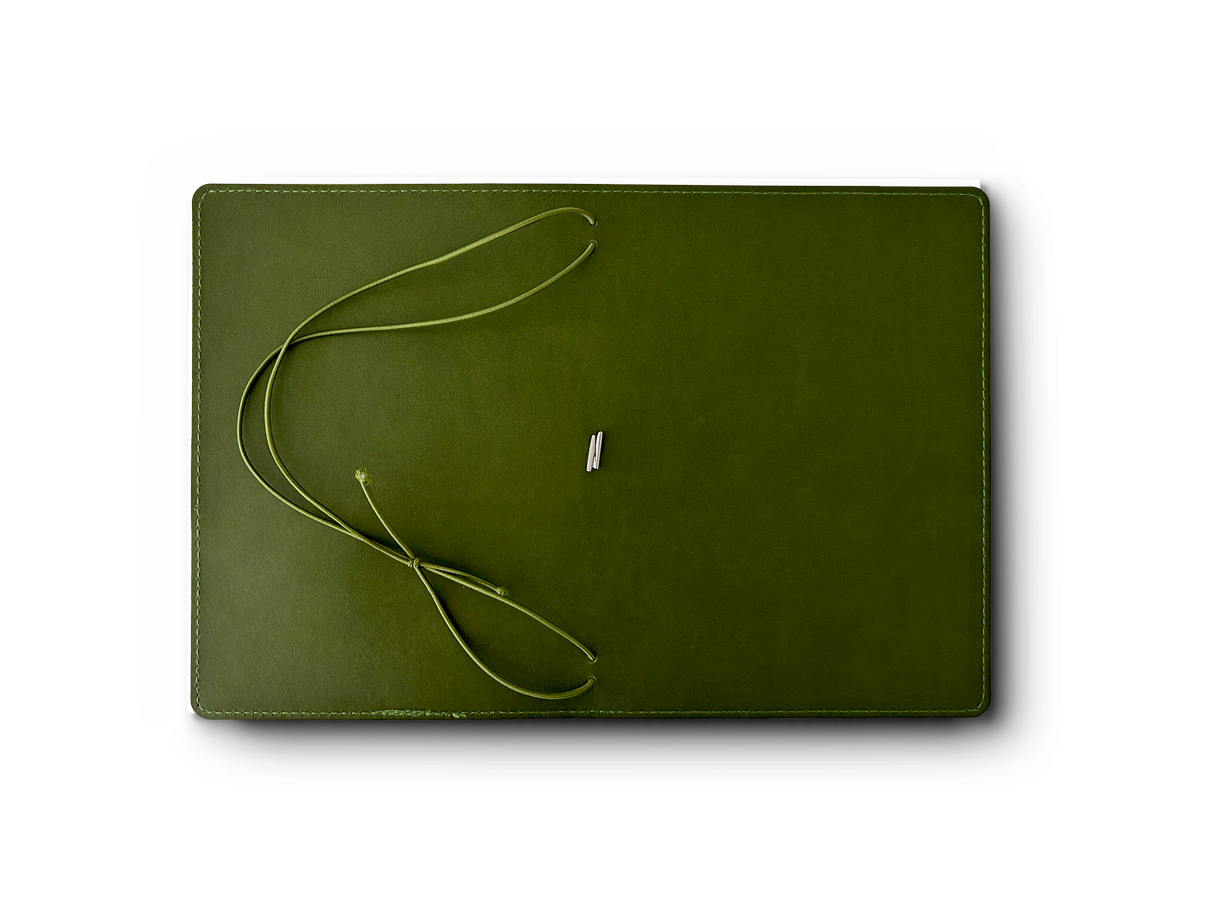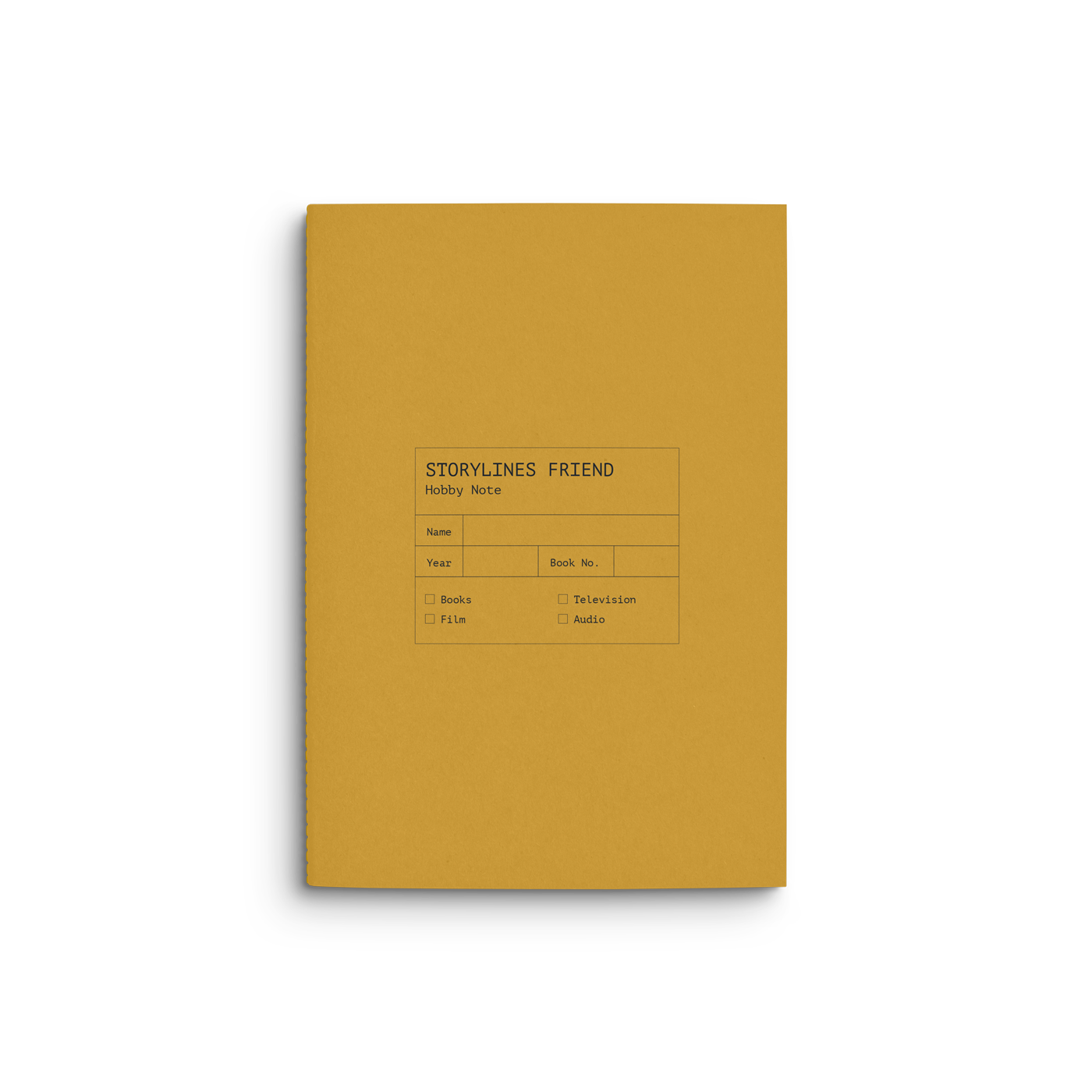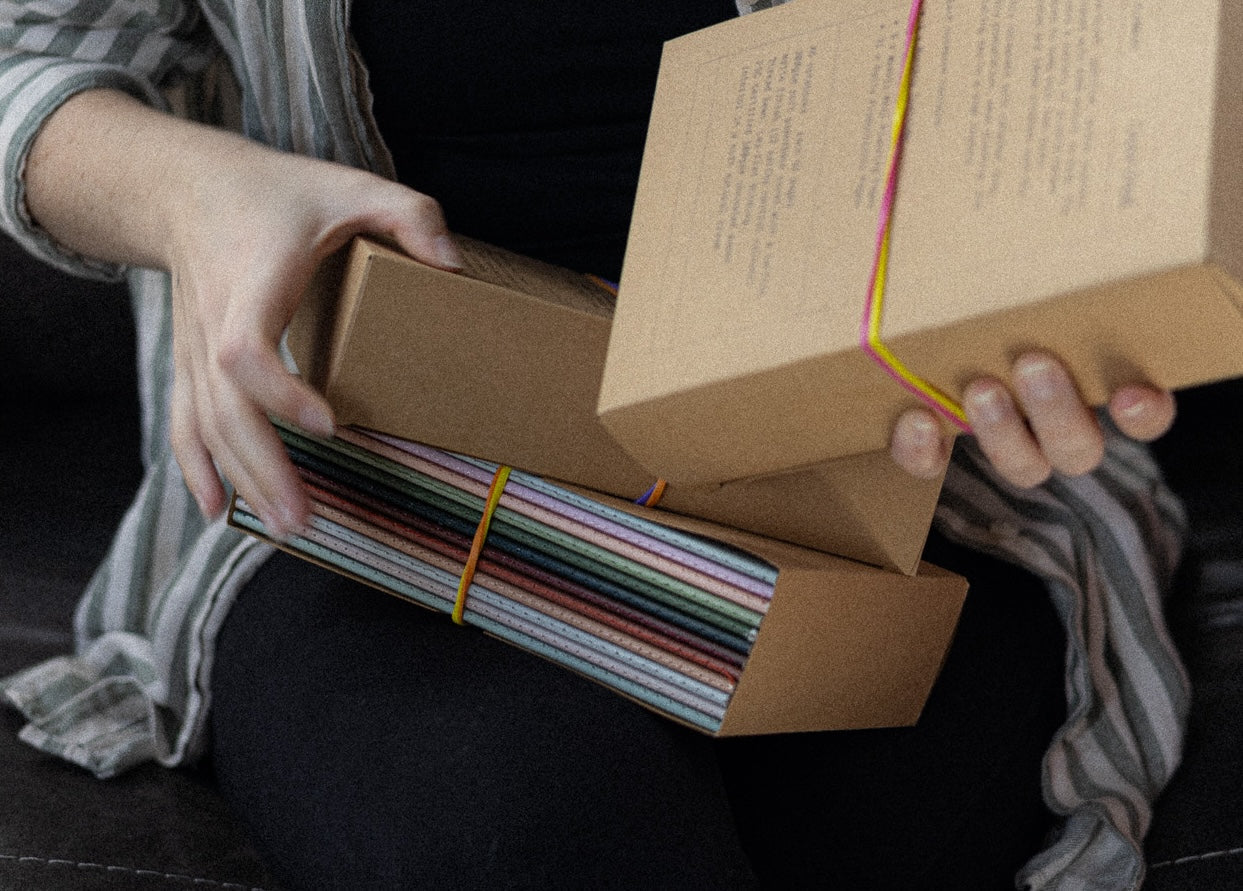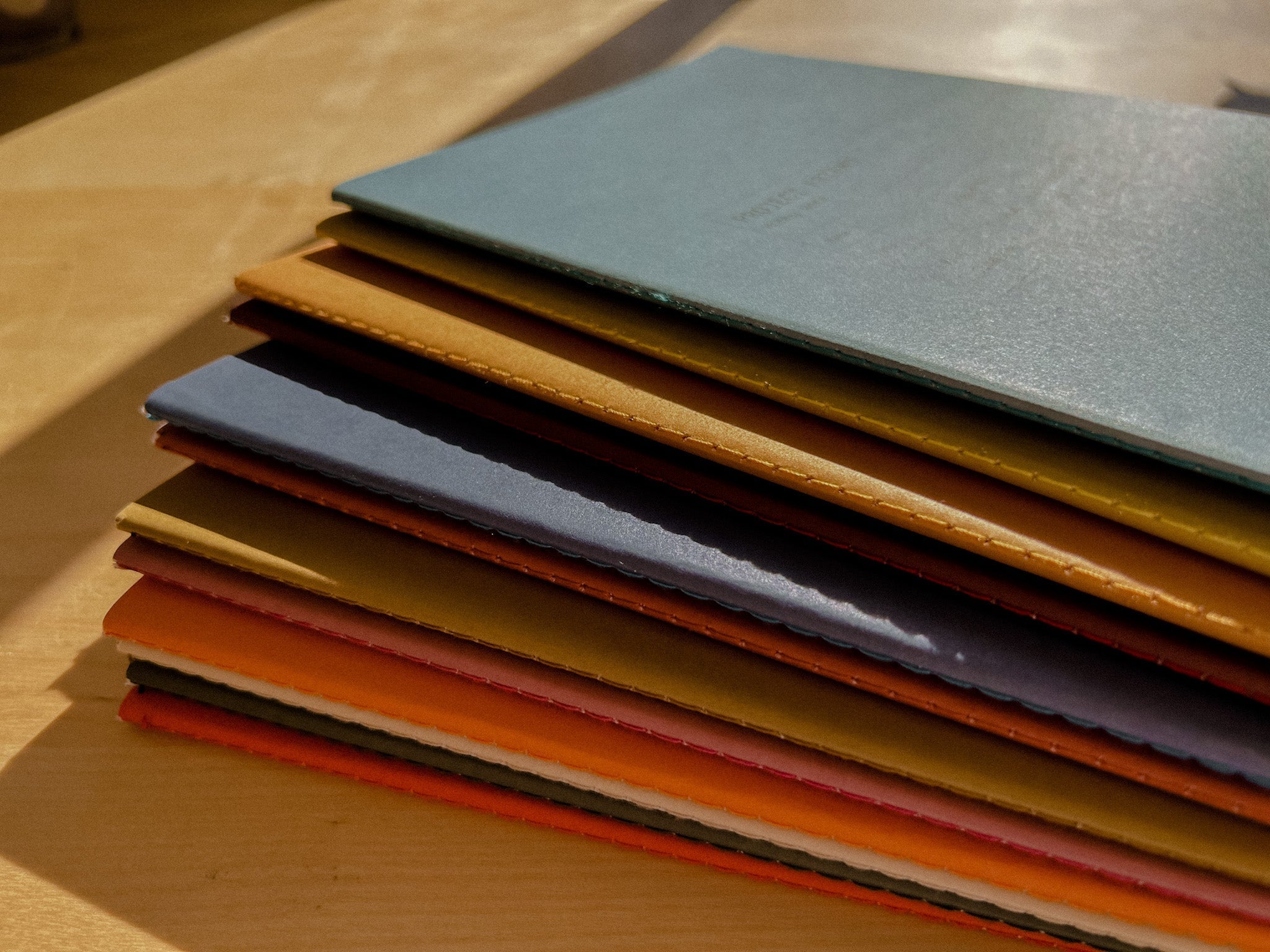Over the past few years, the Creator’s Friend brand has earned a reputation for mastering the art of the specialty notebook. Yet, one product has outpaced them all: their creative writing journal. Writers Friend has quickly become a global bestseller and earned praise from published authors for its hands-on approach to world-building.
We sat down with Alanah, the brand founder and designer, to get the inside story on how this unique notebook went from a special request to a must-have tool for writers in less than a year.
The Notebook That Almost Didn't Happen
Interviewer: The Writer's Friend is a truly unique product. What's the origin story behind it?
Alanah: The idea was actually put on our radar by our existing community. In retrospect, it makes a lot of sense, because writers are dreamers. They see the value in exploring the weird and wonderful and embracing their creativity. They were already using our existing notebooks, but they kept pointing out that we didn’t have anything formatted specifically for world-building or storytelling.
Interviewer: That must have made the decision to create the notebook easier, knowing there was already demand!
Alanah: Yes... and no. (Lana laughs) Despite the demand, this project was a huge step into the unknown. It was the most specialized product I’ve ever had to craft, and I was pretty nervous. I'm an English Literature major and a voracious reader, so the scope of the design wasn't out of my wheelhouse. But it's important to me that our designs are truly functional, and creative writing is so nuanced that I really wanted to get it right.
Interviewer: That makes sense. It sounds like you got it right, given how receptive writers have been!
Alanah: Thankfully, yes! Aside from the Fast Brain system (Friend's ADHD focus range) it was the most intensive research phase I’d undertaken for a product. But I think, like any creative, I look back now and there are still things I'd change. With every new print batch, I find myself revisiting and redeveloping formats to improve them. But I'm quite happy with the Writer's Friend for now.
Redefining What a Writer's Tool Can Be
Interviewer: So, how is this notebook different from what’s already on the market for writers?
Alanah: Honestly? There isn’t anything on the market like this. Yes, there are practical writing tools and frameworks passed down through higher education, but broad-market tools for dreaming up your own world? They just don’t exist.
It always makes me nervous when I identify a gap in the market like that because it makes me question the demand. Is this something that’s been overlooked, or is it simply not necessary?
Interviewer: How do you gauge the answer to that?
Alanah: Let’s say it’s... 80% vibes and 20% market data? (Alanah laughs and looks a bit flustered.) I start with what we already know. Can we establish demand through our existing audience? Are people asking for it? This isn’t always the best indicator of success, though. We had huge demand for a pottery notebook, but it's one of our least popular ones. But it’s a good start.
And then a big part of it simply comes back to my own interest in the project because, at the end of the day, this whole process is about my own enjoyment. Do I want to make this notebook? Am I inspired by the outcome? Do I understand the subject matter well enough to construct something functional? That's what's paramount to crafting something worthwhile.
Interviewer: You mentioned your background in English Literature. Was that what you drew on for this?
Alanah: It was certainly a big part of it and gave me a foundational understanding of creative writing frameworks, but there was still a tremendous amount of work that had to go into making that knowledge accessible for anyone who wants to write. I had to figure out what kind of notebook would actually serve a purpose for a writer. How do I make this functional?
Interviewer: So, what did you decide in the end?
Alanah: The notebook should be thought of as a record of the scaffolding for the world you’re building. How characters interconnect, what lore guides your story, and how the rhythm of your plot keeps readers hooked. It reimagines some of the traditional tools that practiced writers will be familiar with, such as master plot sheets, chronology keys, and character profiles, and boils all the components down into a user-friendly companion for anyone with a story to tell.
Interviewer: That sounds like a lot to fit into one notebook!
Alanah: It is! And we wanted the notebook to still meet our signature craftsmanship, which means it needed to somehow do all that in a slim, little thread-sewn notebook with minimalist formatting. Everything about the construction has been intentional, even the color—a double cream—was based on the psychology of creativity being triggered by gentle yellows.
From Aspiring Authors to Published Professionals
Interviewer: It's been a little over a year since you released the notebook. Did it meet your expectations?
Alanah: Oh, it blew them out of the water. We’ve sold almost 20,000 of them this year, which is wild for such a niche notebook by what we still consider to be a small Aussie design studio.
Interviewer: I’m not sure everyone would agree with your assessment that you’re a small studio anymore!
Alanah: (Alanah laughs.) I guess not. But we still feel small. We still get so excited by the joy and enthusiasm of every customer.
Interviewer: We’ve seen quite a few authors talking about them on TikTok and Instagram over the past few months.
Alanah: Oh, man, how crazy is that! Not long after their release, we started getting messages from users thanking us for creating them and letting us know how much they were enjoying scoping out their current novels in the pages. Professional writers were commonly buying them as part of our “Writers Kits” alongside our vegan leather folios and a few classic notebooks, all so that they could carry their little world builder in their bag and scribble down notes no matter where they went.
Interviewer: Has the positive reception from the commercial publishing world surprised you?
Alanah: Yes, a little bit. We prioritized function for even the most novice of storytellers, but I guess the fact that we developed these notebooks so meticulously and used trusted tools for canon construction has attracted a large crowd of published authors, which has truly delighted us. We’ve had writers' guilds, sci-fi authors, romantasy bestsellers, and even independent publishing houses incorporating the notebooks into their workflows.
The License to Write
Interviewer: A lot of work went into developing this line and making it successful. But I think that's the case for your entire range. What was different about this? Why do you think it reached bestseller status so quickly?
Alanah: That’s an interesting question. It's actually something we talk about in the studio all the time now, especially when we evaluate whether to explore a new design. I think it comes down to the fact that the Writer's Friend almost feels like a license to write. To create. It reminds people that everyone can be a writer, and if you have a story you'd love to tell, you can absolutely sit down and explore that without feeling silly about it. No one needs to give you permission. You don't need to get a degree. You don't even need to feel pressured to turn it into a novel. You want to plot out a fan fiction? Enjoy.
But also, if that IS a dream of yours, if writing is more than a hobby, then you’ll know that creative writing gets easier with the right tools. When you have a visual way to wrap your mind around how your plot and your world come together, it starts to feel a little less overwhelming. The dream starts to feel like a possibility.
Interviewer: That's an ambitious mission behind a little notebook.
Alanah: (Laughs.) It is. It’s a whimsical interpretation, I realize. But that’s us. And that’s our users. We’re all dreamers here.

